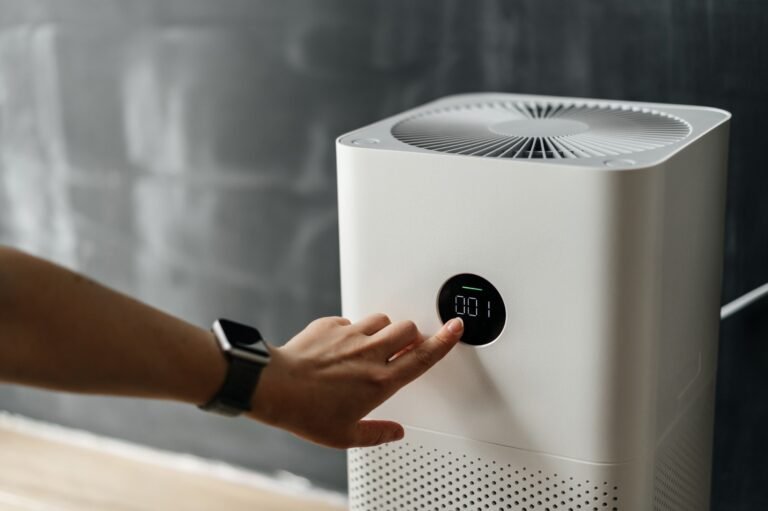Clinical trial reveals no significant difference in respiratory infection rates among aged care residents using HEPA-14 air purifiers.
Study: Air purifiers and acute respiratory infections in residential aged care. Image credit: Dmitry Galaganov/Shutterstock.com
Patients in residential aged care facilities (RACFs) may be at higher risk of respiratory infections. A recent study published in JAMA Network Open investigates whether high-efficiency portable room air purifiers could help reduce this risk.
ARIs and air cleaning
Acute respiratory infections (ARIs) are a persistent and significant health risk for older people, particularly those in long-term care facilities. Reducing this risk requires breaking the chain of transmission, as aerosols are a common mode of spread of respiratory pathogens.
Effective prevention efforts should focus on reducing aerosol emissions, increasing aerosol removal rates, reducing exposure to respiratory pathogens, and ultimately reducing infection risks. Establishing clean air is therefore a critical component of prevention in this environment.
Portable air purifiers have grown in popularity, but there is limited evidence to support their effectiveness. This gap prompted the current study, which tested the impact of high-efficiency room air purifiers on reducing the risk of ARIs among residents in residential aged care facilities (RACFs).
About the study
The study took the form of a randomized clinical trial (RCT) where participants were switched from one arm to the other after a set interval. This would give all participants the opportunity to experience the intervention at some point.
The number of participants was 135, with 58% being women. The mean age was ~85 years.
Half of the participating residents’ rooms were equipped with high-efficiency particulate air (HEPA)-14 filters (n + 70), while the air purifiers in the remaining rooms did not have these filters (n = 65). Participants crossed over after three months.
The incidence of ARIs was measured based on the sudden onset of symptoms such as a sore throat, cold symptoms, shortness of breath or cough thought by a physician to be due to a respiratory infection.
Specific pathogens were recorded if tested, such as influenza A and B viruses, severe acute respiratory syndrome coronavirus 2 (SARS-CoV-2), respiratory syncytial virus (RSV), or rhinovirus.
Along with ARI incidence, patients were assessed for duration to first infection, number of emergency department visits and hospital admissions, and physician visits due to ARI.
The effect of air cleaners on acute risk
The results of this trial, based on the incidence of ARIs in the intention-to-treat (ITT) groups in both arms of the study, did not show a significant reduction in the risk of ARIs among participants using HEPA filters. However, a separate analysis of the two phases of the study revealed a difference in the first phase: 30% of the intervention group developed ARI compared to 44.6% of the control group, suggesting a potential benefit of HEPA filter use.
After the three-month crossover, there was no significant difference in risk between groups, possibly influenced by the first phase being completed at the winter peak of ARIs in Australia, as shown by historical epidemiological data.
Only 104 participants completed the entire study, with the majority (87.5%) of non-completers due to death during the study period. Further analysis of the subgroup that completed the study found an ARI risk of 25% in the HEPA group versus 35.6% in those without HEPA filters, resulting in a 47% reduction in ARI risk for HEPA users.
No change was observed at the time of first infection in the intervention group. Specifically, 75.3% of participants who developed an ARI required a physician visit, with 10 participants (13.7%) requiring transport to the emergency department for urgent care.
Conclusion
Portable room air purifiers with HEPA-14 filters did not reduce the risk of ARI among participants, although a difference was observed when analysis was performed by phase. That is, in phase 1, the incidence of ARI was reduced in HEPA recipients but not in phase 2.
Specifically, the proportion of patients with ARI requiring medical attention was significantly reduced to 75%, as was the fraction requiring treatment in the ED. This suggests that the intervention may be clinically relevant, although statistical significance was lacking.
Further studies will be necessary to validate and extend these findings to a more diverse and larger population, improving the quality of health care in this system.
